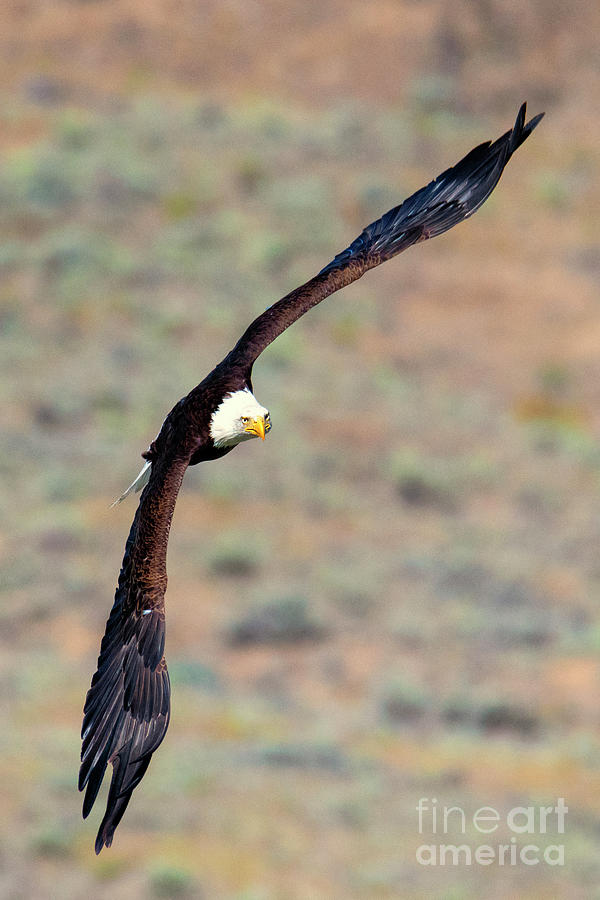


The morphology of birds’ wings is complex and varied, which allows them to specialize in different kinds of flight that have evolved throughout their evolutionary history.Ī bird’s wing shape is an important factor in determining how it will be able to use its wings for flying. They provide birds with the power to soar through the sky, enabling them to fly over long distances in search of food or migration routes. The wings of a bird are one of the most important and recognizable features. In order for planes be successful must have right combination all these factors working together create enough lift make sure entire craft remains aloft while using least amount energy possible maintain efficient travel over long distances without burning too much fuel along way. Thrust refers to power generated by jet engines or propellers which propel planes forward at high speeds so that they remain airborne for long periods of time – just imagine if you had no engine pushing your plane forwards anymore! Thrust needs fuel (which adds weight) but also helps counteract drag so both elements need careful consideration when designing good aircrafts.įinally weight, although not technically related to aerodynamics, still plays a big role in allowing planes stay up in sky since heavier objects require more energy to move them upwards compared lighter ones traveling downwards due gravity’s pull towards Earth’s surface. Drag reduces efficiency and slows down progress but luckily there are ways to reduce this like streamlining components and making them smooth so that less turbulence is produced when moving through air molecules. This same concept explains why paper airplanes fly – they use their wings in much the same way!ĭrag is basically resistance caused by airflow against any part of an aircraft – such as its wings or fuselage – resulting from its movement through the atmosphere. The shape of an aircraft’s wing creates lower pressure on top than underneath it due to Bernoulli’s principle which results in lift being created as air flows over it with greater speed on top than bottom. Lift is the force generated by air passing around the wings of an aircraft which causes it to rise into the sky. To understand how a plane can fly we need to take a look at four key areas lift, drag, thrust, and weight. The aerodynamics of flight is an extraordinarily complex and interconnected topic, one that has captivated the minds of people for centuries. Overall, these specialized anatomical features make this bird one of nature’s greatest successes – it has been able to survive despite drastic environmental changes over thousands of years thanks largely due to its unique physical attributes! Aerodynamics of Flight Finally, the bald eagle’s strong legs give it incredible agility even in water environments where they often hunt for fish by swooping down into lakes without submerging completely under the surface! Their large hooked bill helps them tear apart food items such as carcasses or shells, allowing them access to otherwise hard-to-reach nutrients like marrow or eggs inside larger animals like sea turtles or crustaceans. The eyesight of a bald eagle is particularly noteworthy – their vision is around five times better than ours! This means they are able to spot prey from great distances away as well as identify potential predators from far away too. They also have incredibly sharp talons which allow them to grab hold of fish and other small animals so they can carry them back to their nests for a meal. The long feathers on their wingtips provide extra lift during flight while also enabling them to turn quickly and accurately when hunting prey or evading danger. One of the most impressive features of a bald eagle’s body is its huge wingspan which helps it soar through the air with ease. However, its beauty isn’t just skin-deep – the anatomy of a bald eagle reveals some truly remarkable adaptations that have enabled it to thrive in its environment. With an iconic white head, bright yellow beak and wingspan that can reach up to 8 feet, this species has captivated mankind for centuries. The Bald Eagle is one of the most majestic creatures in North America. Have you ever wondered just how huge their wingspan actually is? In this article, we’ll uncover the incredible truth about a bald eagle’s wingspan and explore why they are so impressive. Do you ever look up at the sky and wonder what it would feel like to soar through the clouds? For centuries, humans have been captivated by the majestic wingspan of a bald eagle.


 0 kommentar(er)
0 kommentar(er)
